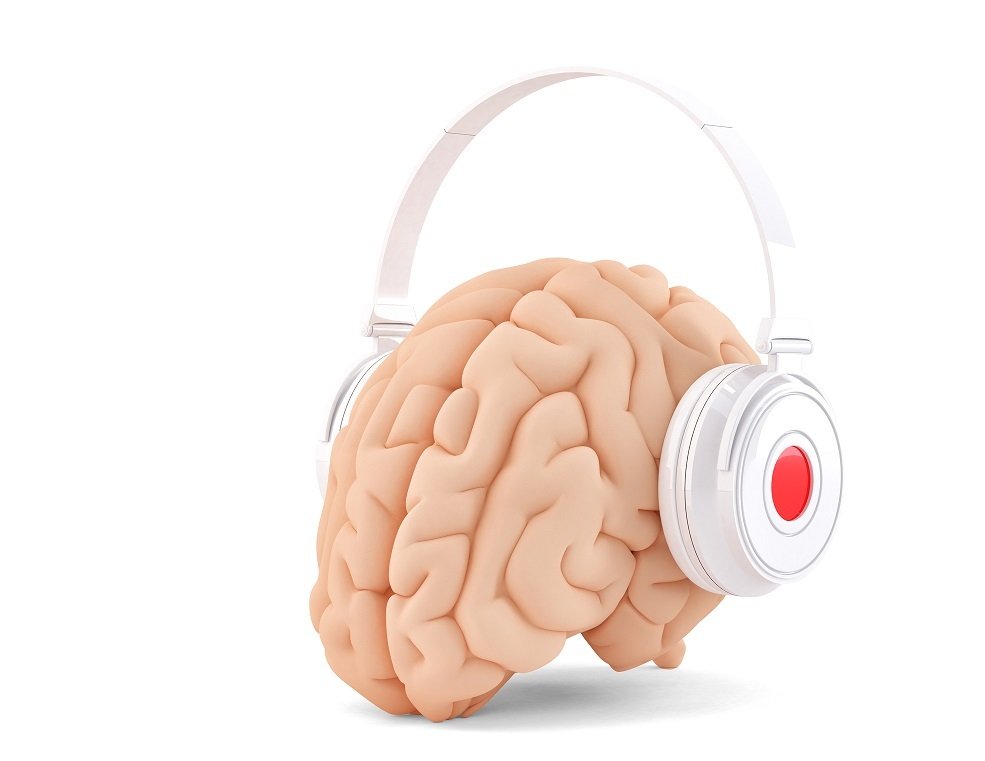It’s happened to everyone – you randomly find yourself humming a tune, whether you like it or not. These earworms can stay stuck in your head for hours or even days, but what makes some catchy songs so…catchy?
Well, you probably already guessed what researchers have found about the science behind catchy songs: easily recognizable melodies and lyrics make a song super catchy. “Although this is just a casual observation on my part, very strong melodic hooks seem to be the most memorable for people,” researcher Ashley Burgoyne of the University of Amsterdam told the BBC.
The Catchiest of the Catchy Songs
Burgoyne’s experiment found some of the catchiest songs to be some of the most easily recognizable. They dubbed “Wannabe” by the Spice Girls to be the catchiest song ever after 12,000 people played an online game called Hooked on Music and were able to recognize this tune the fastest, after an average of only 2.3 seconds. Other quickly identified songs included “Mambo No. 5” by Lou Bega (my apologies if you catch yourself singing, “A little bit of Monica in my life,” later today) and “Eye of the Tiger” by Survivor.
 One analysis of Carly Rae Jepsen’s 2012 hit “Call Me Maybe” said the catchy song was stuck in everyone’s head because the lyrics are super simple and repetitive. “The lyrics are very Mother Goose kind of rhyme,” said Eve Nelson, a songwriter/producer who specializes in pop for film and television. “‘I trade my soul for a wish/Pennies and dimes for a kiss,’ …they are very cute. A five-year-old could probably sing this because it’s just so easy.”
One analysis of Carly Rae Jepsen’s 2012 hit “Call Me Maybe” said the catchy song was stuck in everyone’s head because the lyrics are super simple and repetitive. “The lyrics are very Mother Goose kind of rhyme,” said Eve Nelson, a songwriter/producer who specializes in pop for film and television. “‘I trade my soul for a wish/Pennies and dimes for a kiss,’ …they are very cute. A five-year-old could probably sing this because it’s just so easy.”
In addition, the melody of “Call Me Maybe” just makes you want to tap your toes (and maybe just get up and dance). “The music is itself a hook, filled with pizzicato strings and boppy rhythms in the drums, that’s infectious,” ABC News writes.
The Brain Science Behind Catchy Songs
Usually the earworm only lasts for 15-20 seconds of the catchy song…over and over again. Scientists think this is because they’re happening in the “working memory” part of your brain, where we keep information like a customer’s order or a shopping list temporarily. More specifically, earworms occur in the phonological loop. According to The Boston University Undergraduate Science Magazine, “The phonological loop is best described as a “short loop of recording tape that continuously stores a small amount of auditory information,” such as the chorus of a song. While most information is processed and then forgotten or stored as long term memory, songs appear to remain in the short-term memory for a longer period of time.”
 The science behind catchy songs indicates that some people are more likely to get songs stuck in their heads than others. One study published in the journal Consciousness and Cognition suggests that the size and shape of a person’s brain plays a part in it. They found that people who are more susceptible to earworms had thicker Heschl’s gyri, an area involved in auditory perception and musical memory, and thicker right inferior frontal gyri, which plays a role in pitch memory.
The science behind catchy songs indicates that some people are more likely to get songs stuck in their heads than others. One study published in the journal Consciousness and Cognition suggests that the size and shape of a person’s brain plays a part in it. They found that people who are more susceptible to earworms had thicker Heschl’s gyri, an area involved in auditory perception and musical memory, and thicker right inferior frontal gyri, which plays a role in pitch memory.
Besides being interesting science, knowing what makes a catchy song is a great piece of knowledge to share the next time your friend says, “I just can’t get this song out of my head!”
Want more? Check out STEM careers in music!







[…] These include a study of the UK’s top-ten sing-along songs and an analysis of musical “hooks” (memorable musical fragments). These studies, which investigate why some recordings seem to be […]